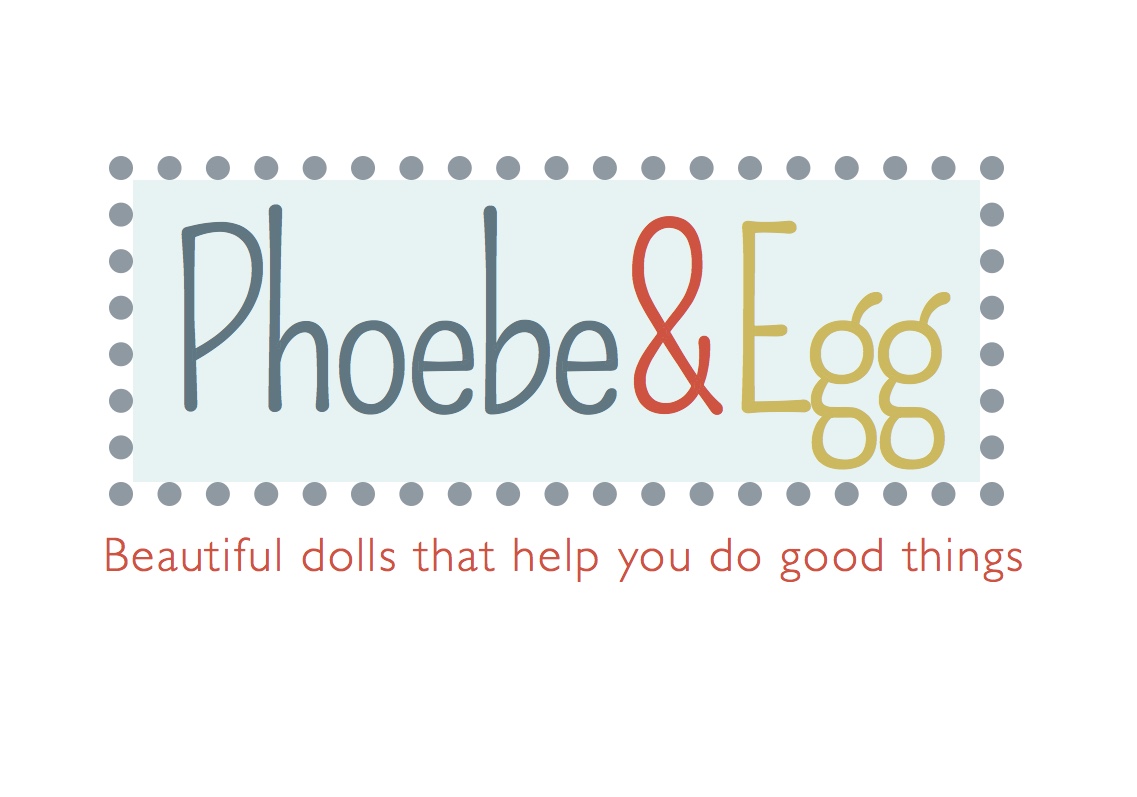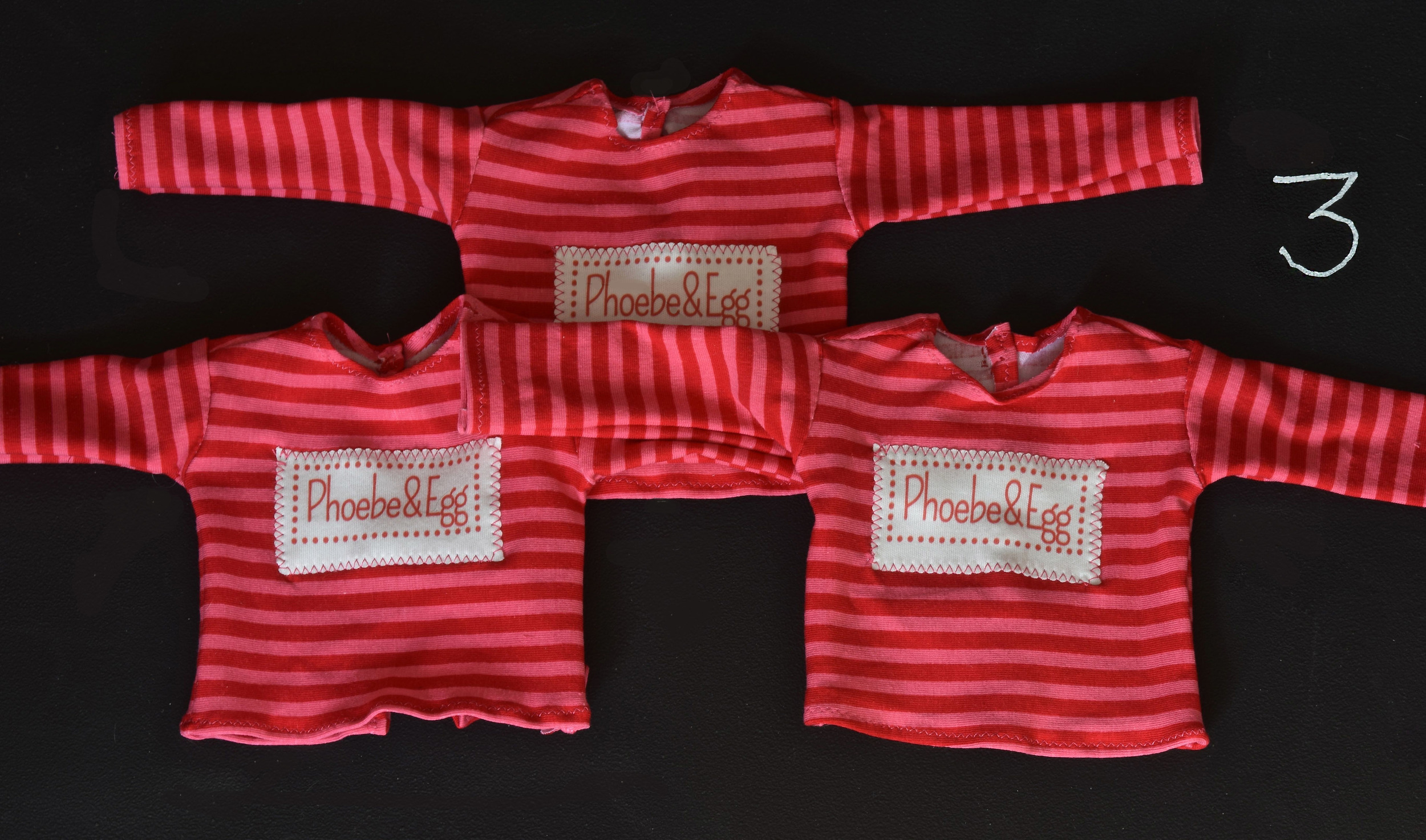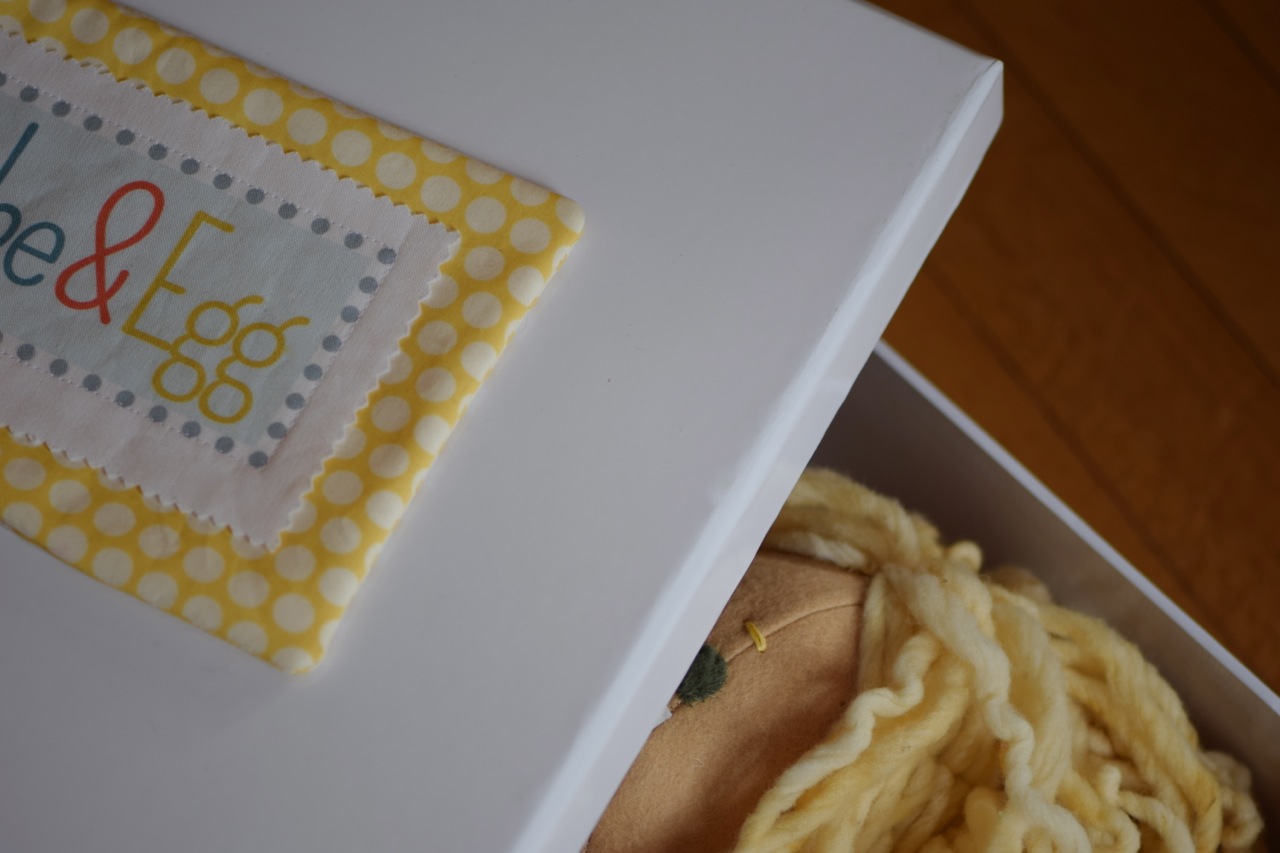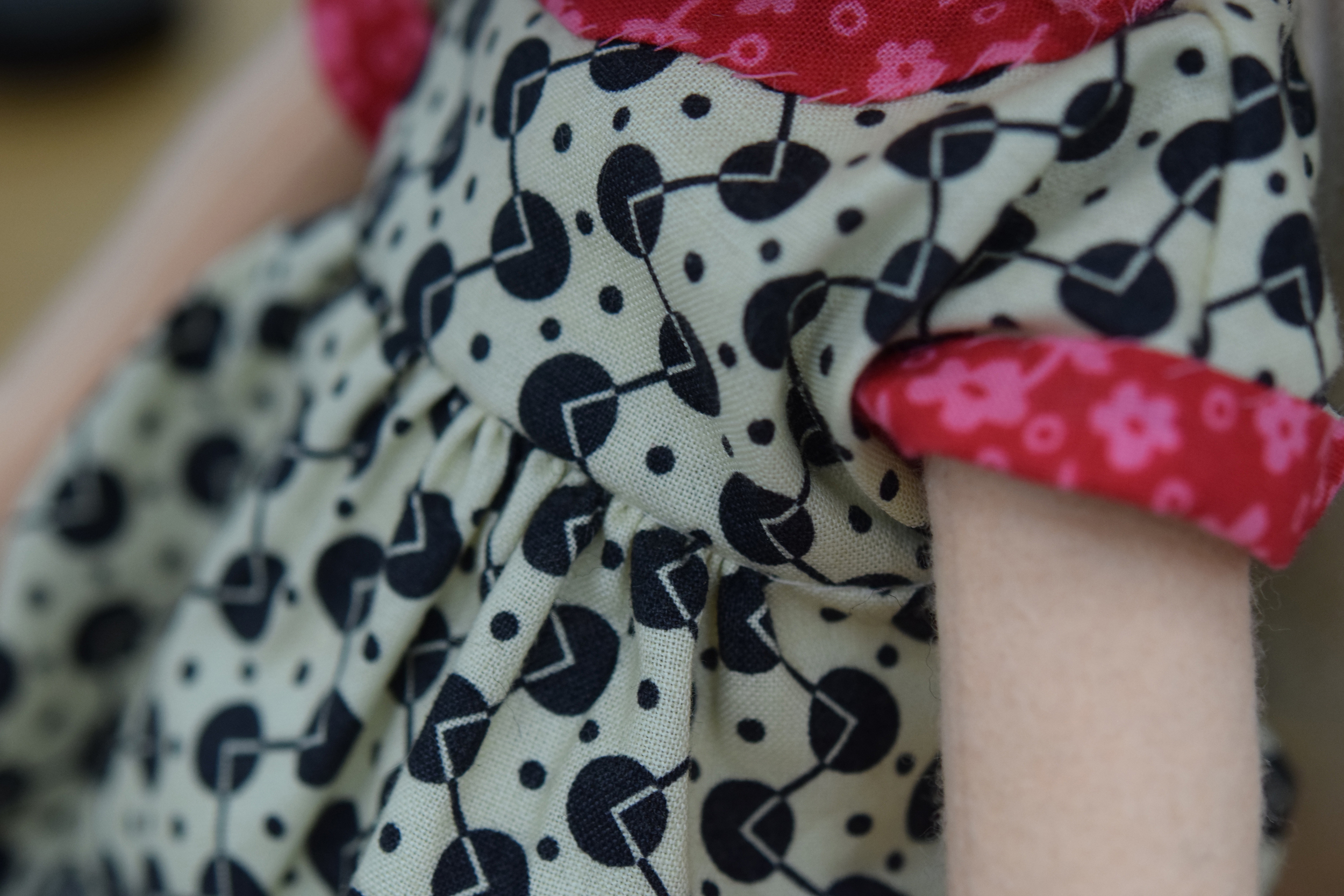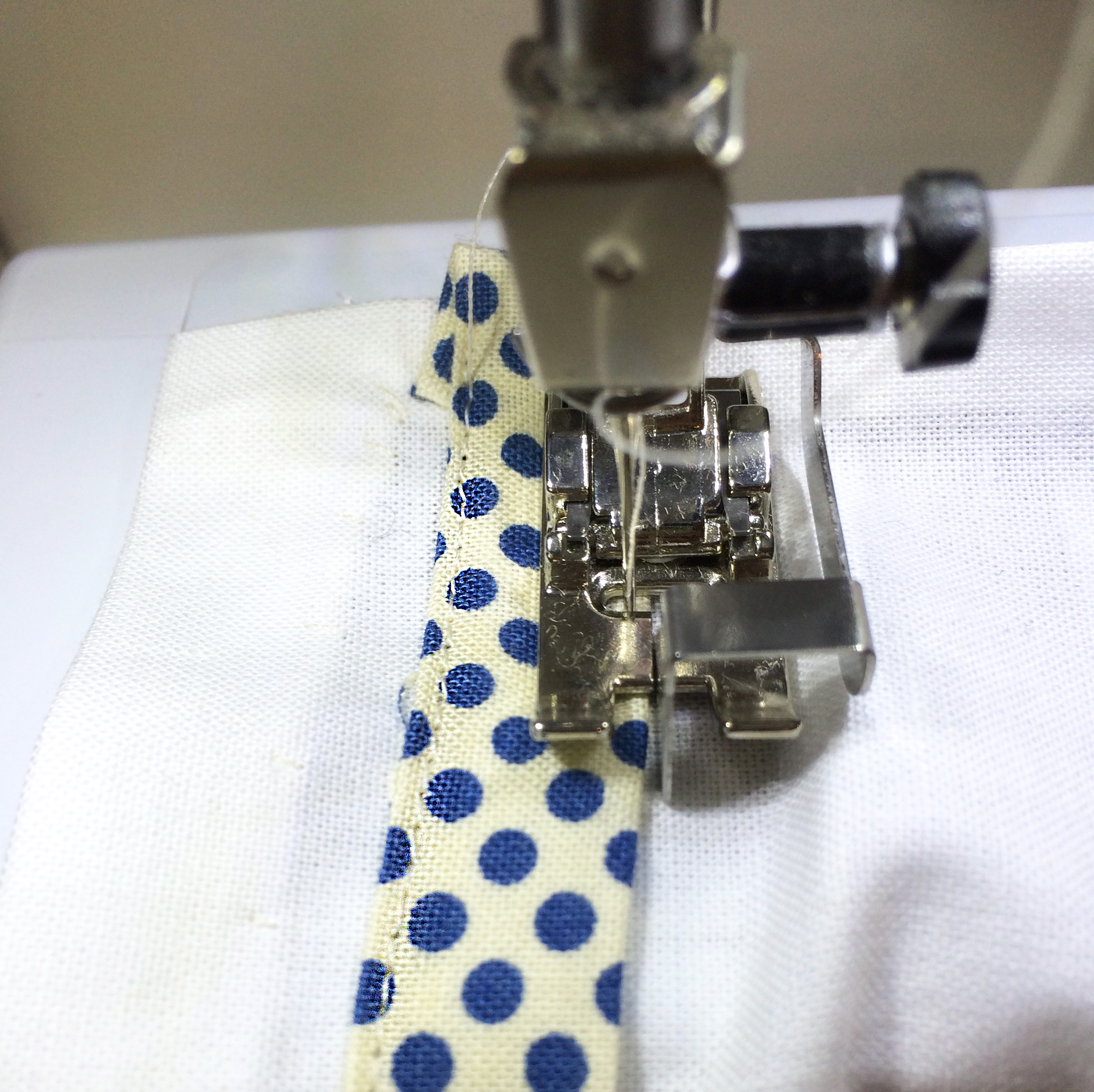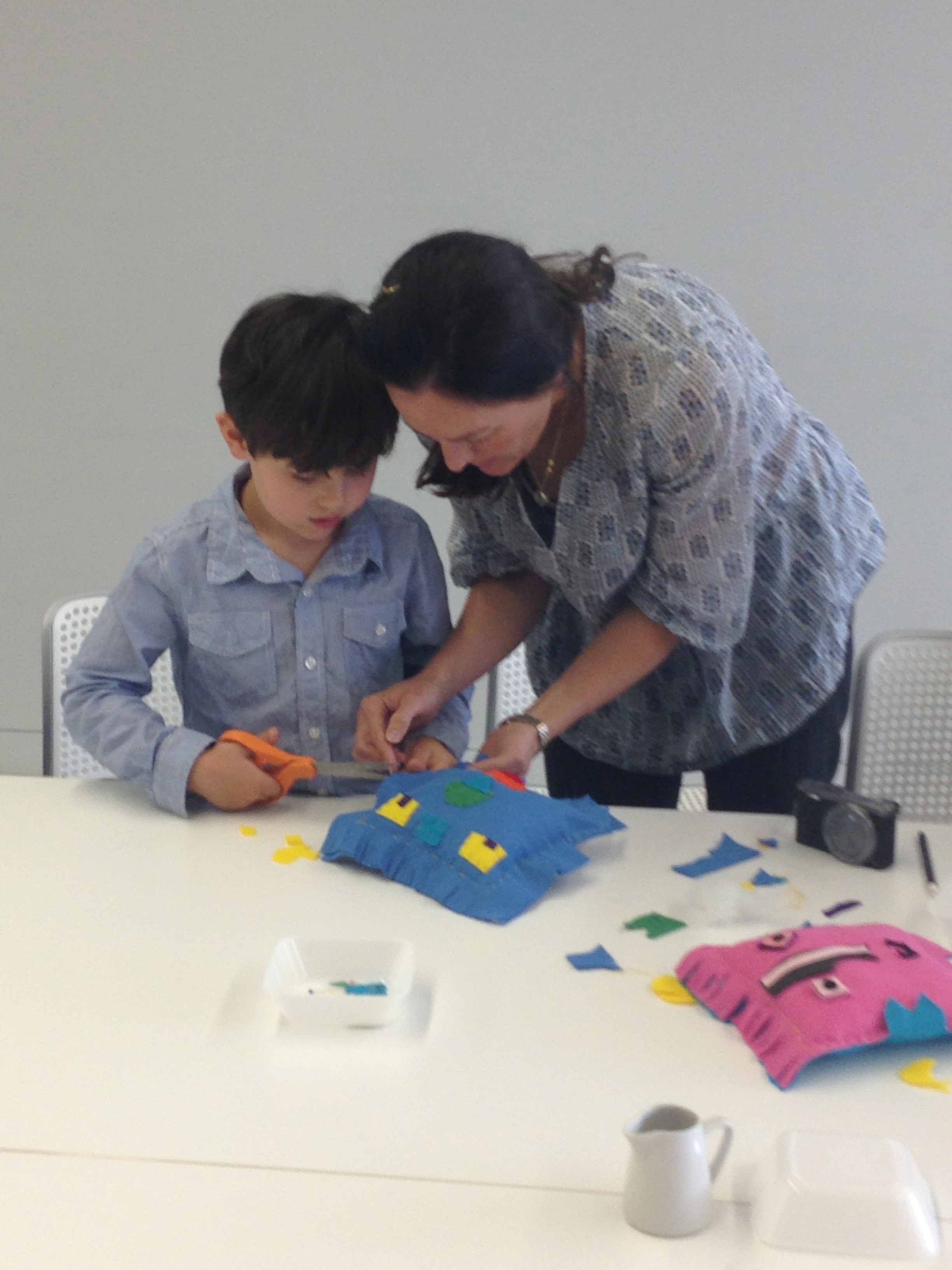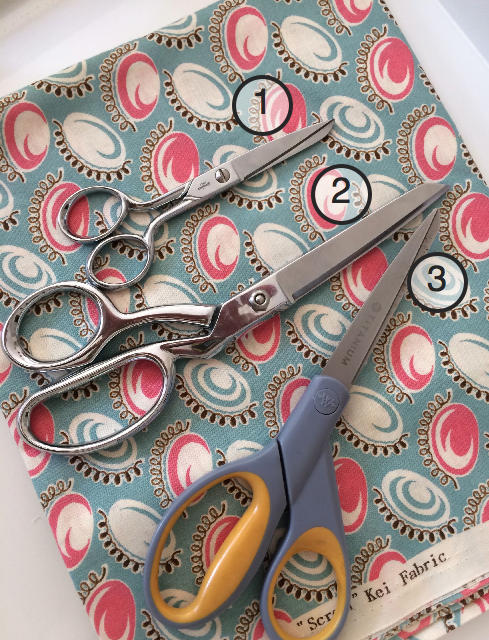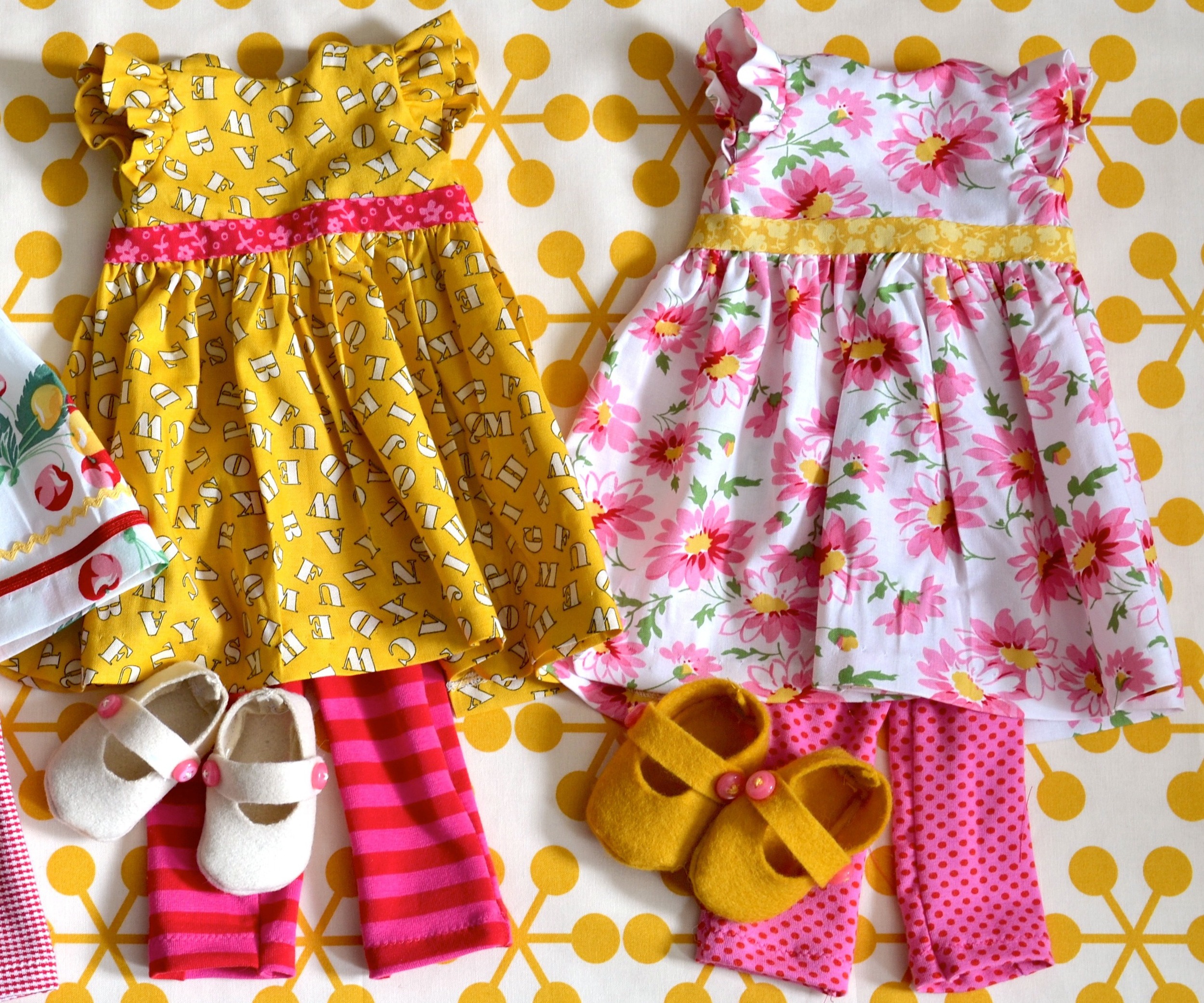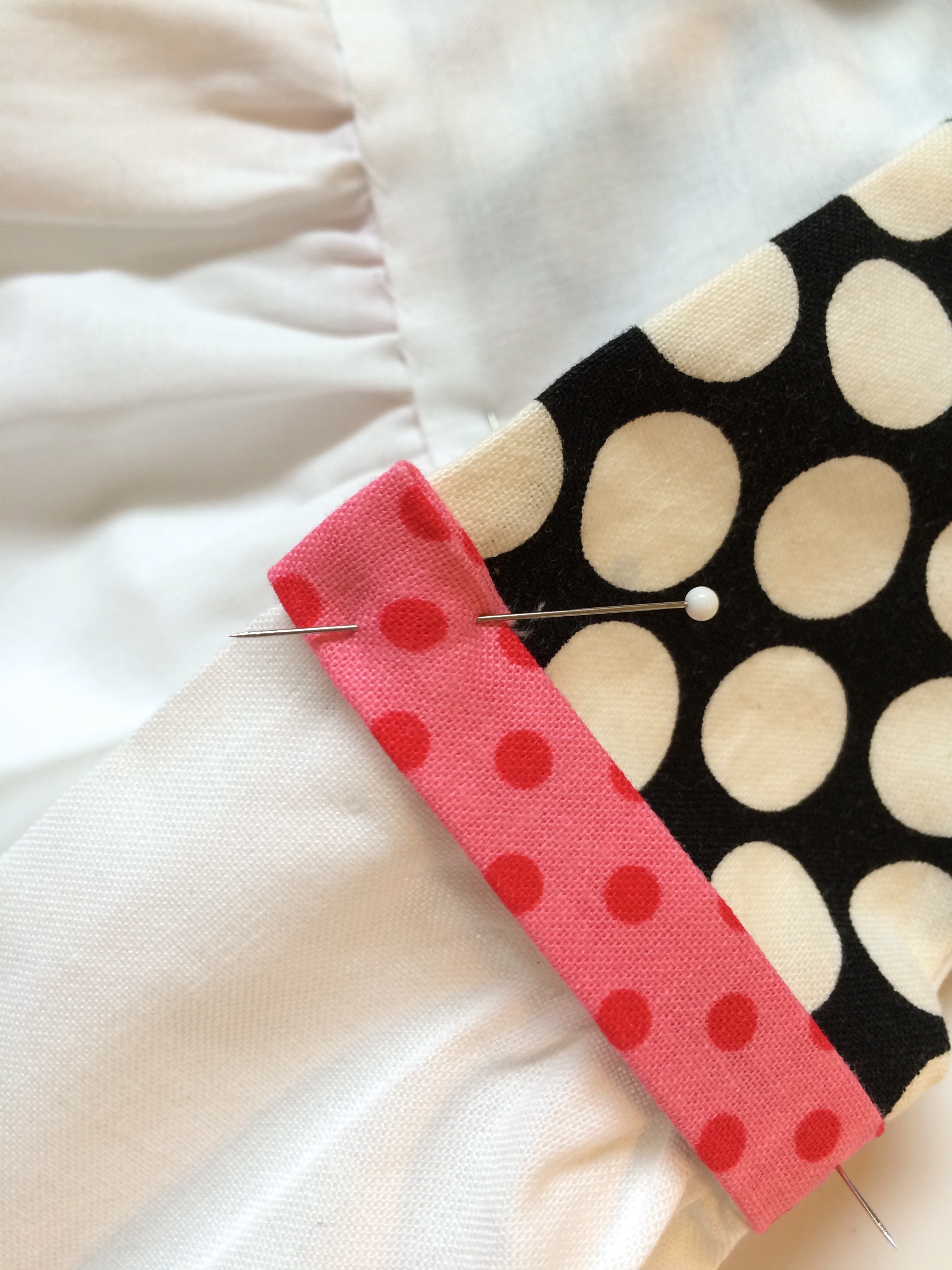Since I started my business almost a year ago, I have been playing a numbers game of sorts. The game is how much to make of one thing at a time.
This is a common makers dilemma and I'd love to hear how others have found their balance--their production Zen.
At the very beginning, I didn't know how much anyone would want of anything. I also had more time, because I hadn't opened my shop yet. Each item was an experiment in production, design and desirability.
Back then everything was one at a time.
As I gained customers, I was still learning what people liked. You do not want a pile of smocked dresses, if smocking does not become a thing. But I was also working full time and wanted to accumulate some things to just have on hand.
So I made two at a time. This also allows you to fine tune what you are doing. You almost develop a system for that item. Almost. Two ends up not being enough for a system. But it is more efficient than one.
As business increased, I have played with making three, four, five and even six at a time.
What I've found is that there is not one answer. There are a number of factors that come into play, such as:
1. Difficulty of the item, ie number of steps involved and trickiness of the steps. For more difficult items, three is the limit. It allows for an increase in efficiency, a chance to get into a mindset and conquer the details with prowess, but not enough time to get impatient or sloppy.
2. For simple items that also don't have too many pieces, five or six is great. I can get into a rhythm with this type of item. I love it and there is a great satisfaction to producing a colorful stack of something. This is where I find my zen.
3. If I am making a new product, i won't make more than three, since I don't know if anyone other than Egg and I like it.
4. Sometimes I like to make a lot of a more complicated item, like a dress, if I want to play with variations.
5. T-shirts and the undershorts are easy to make in large quantities.
6. Too many of anything gets boring and if you are bored, you aren't at your best.
For me now, it's all about small batches. Small batches allows attention to detail, some efficiency and keeps me loving what I do.
